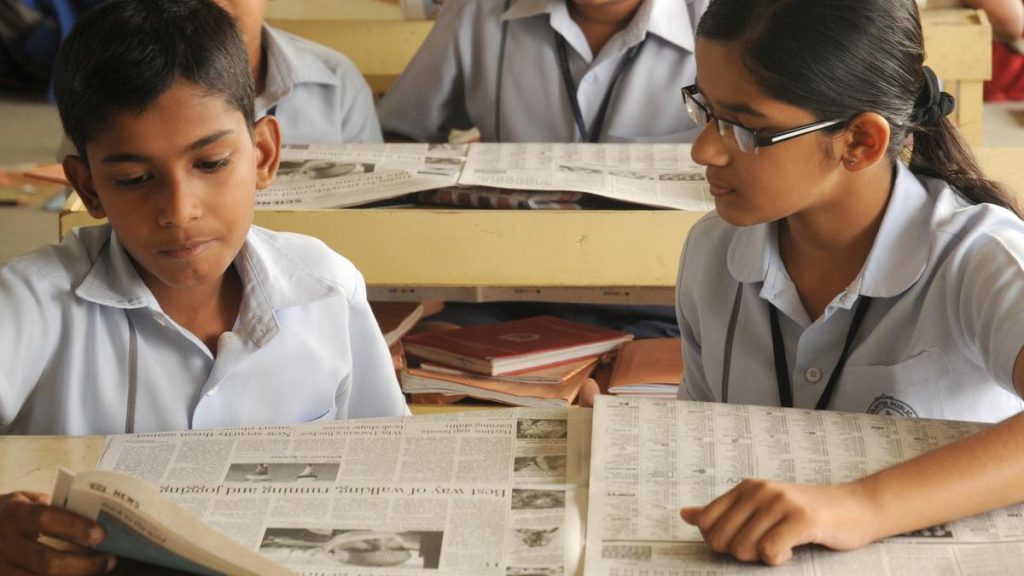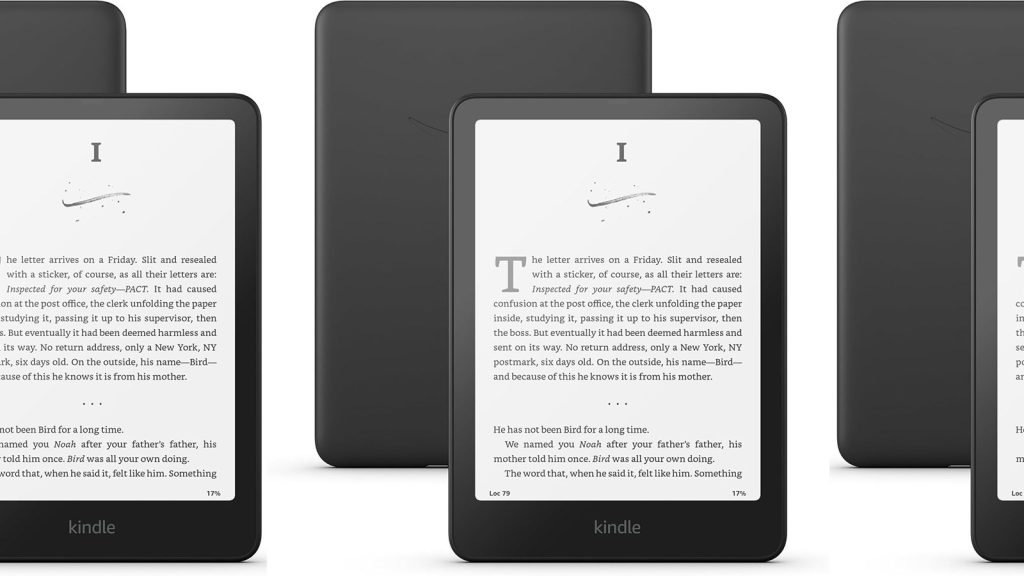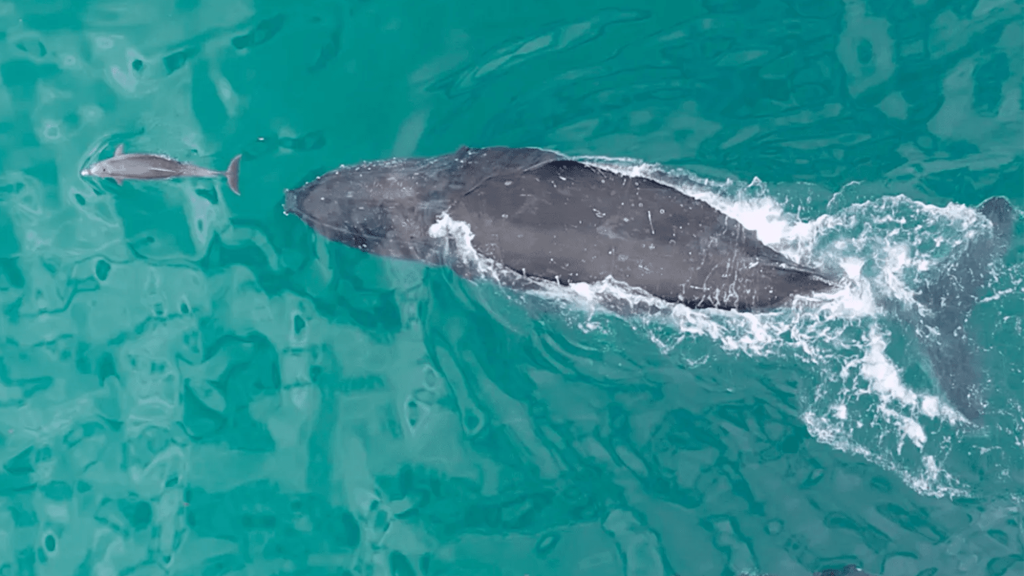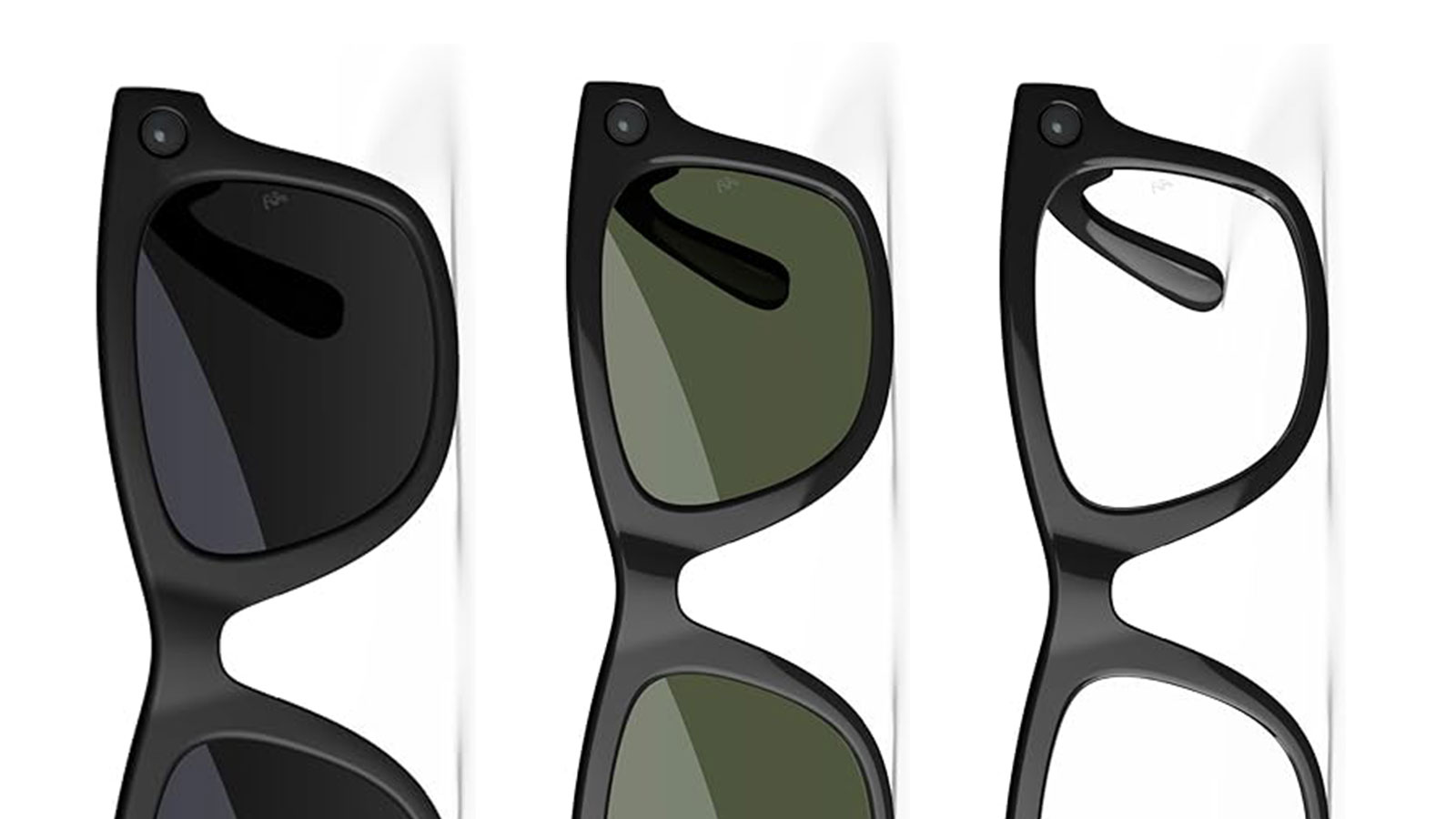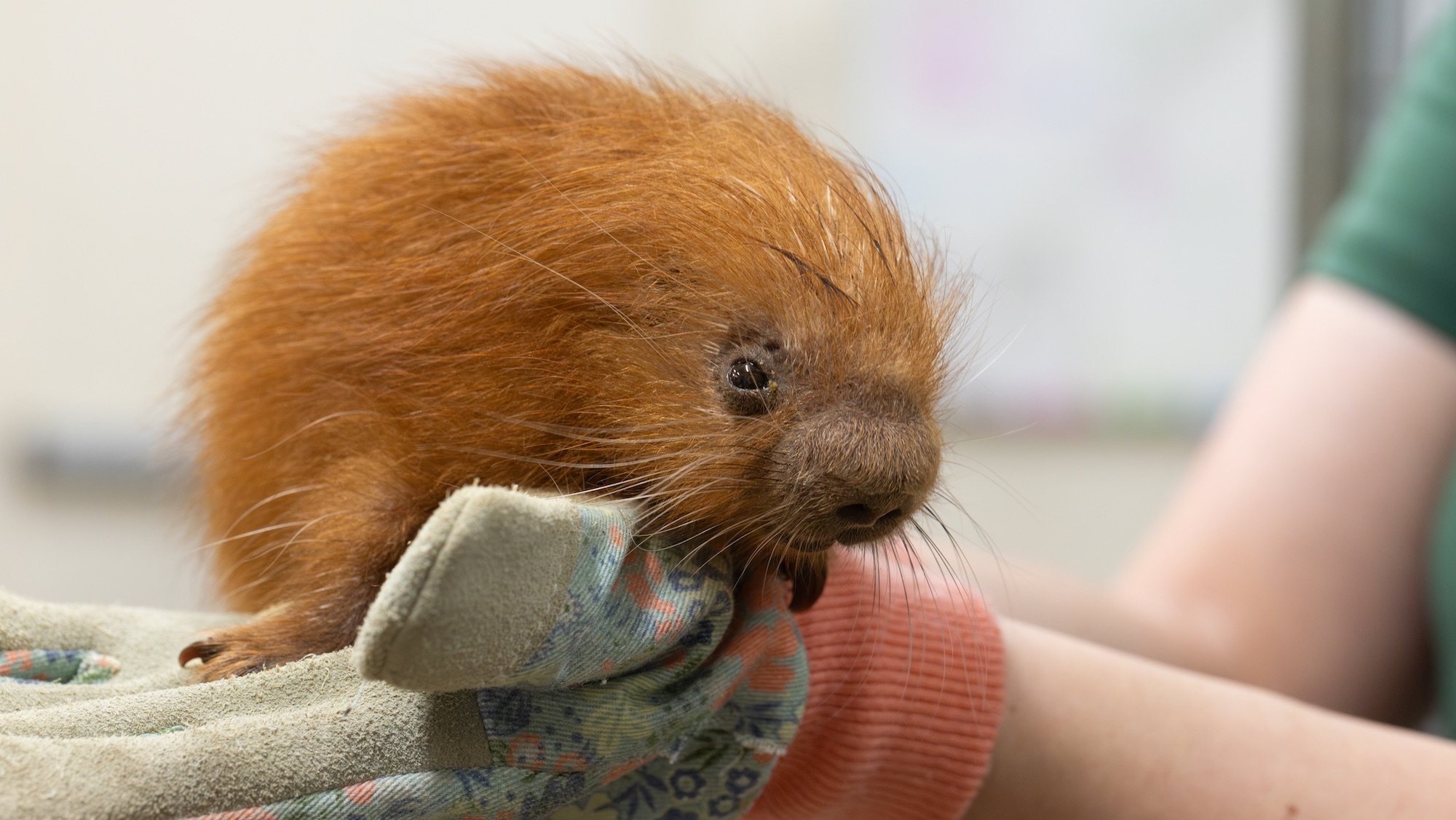Now Reading: Physicists Leverage AI to Investigate UFOs and UAPs
-
01
Physicists Leverage AI to Investigate UFOs and UAPs
Physicists Leverage AI to Investigate UFOs and UAPs

Quick Summary
- Development of AI for UAP Research: An international team of physicists have designed a new AI program inspired by dark matter research to aid in the examination of unidentified aerial phenomena (UAPs).
- Published Findings: Their methodology, outlined in the journal Progress in Aerospace Studies, aims to establish a rigorous and scientific approach for analyzing UAP sightings.
- Key Techniques:
– Use of Doppler weather data from the National Weather Service to corroborate observations.
– Request of Cosmic Watch radiation detection system to assess ionizing radiation during sightings.- development of the Custom Target Analysis Protocol (C-TAP) using machine learning supplemented with human verification for pixel-level video analysis.
– Incorporation of trigonometric calculations to eliminate known objects like satellites or space stations.
- Testing phase: The team analyzed data from Laguna Beach, California, collected during heightened UAP activity in 2021.Of several flagged anomalies, only one eluded plausible description but appeared not uniquely important upon review.
- Future Ambitions: Researchers aim for their methodology to set a global standard for unbiased scientific assessments of UAP incidents.
Indian Opinion Analysis
The integration of artificial intelligence into UAP investigations signals a promising step toward combining advanced technology and rigorous scientific methods.While previously shrouded by speculation and conspiracy theories, efforts like this help destigmatize UFO-related discussions and ensure credibility. For India-a nation steadily expanding its technological prowess-such interdisciplinary applications offer lessons on leveraging AI beyond conventional fields like agriculture or logistics.
Moreover, addressing unexplained phenomena frequently enough has implications beyond mere curiosity; it touches air safety concerns that might inform India’s own surveillance capabilities. By fostering collaborations across sectors such as physics research and aviation security,India could adopt parallel frameworks tailored specifically to its diverse geographic terrain. Ultimately, unbiased methodologies ensure that discourse around such phenomena remains rooted in empirical evidence rather than speculative narratives.Read more


